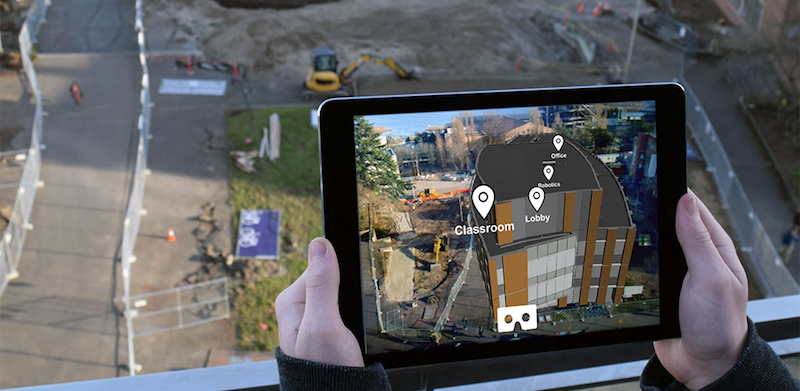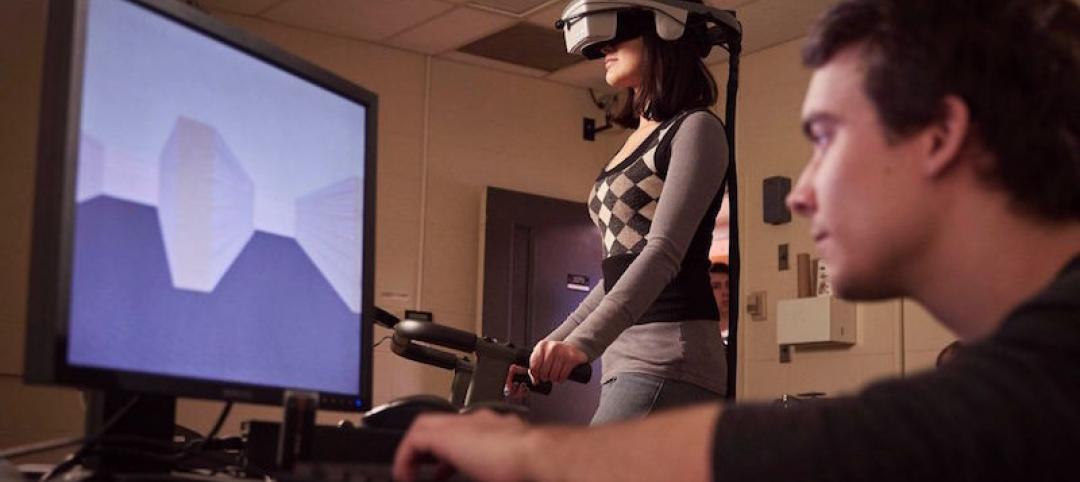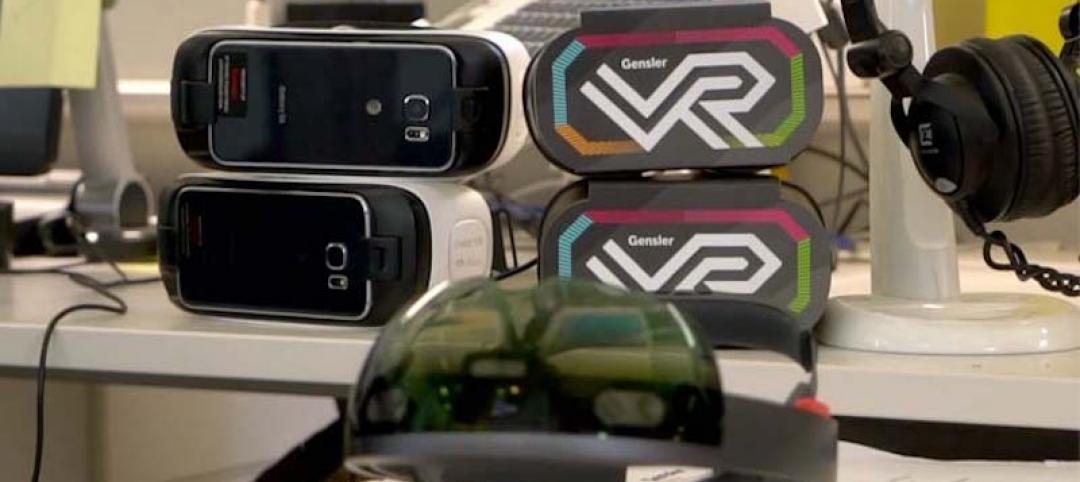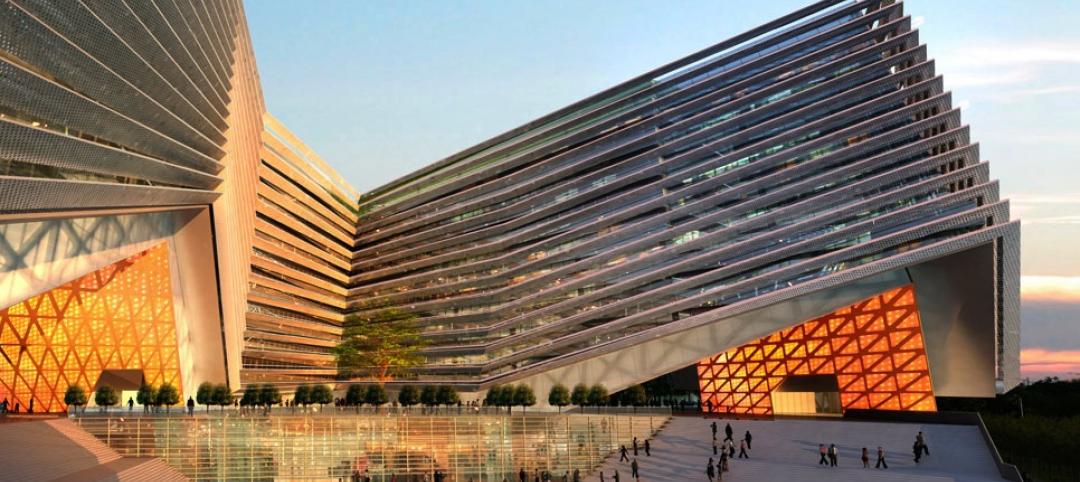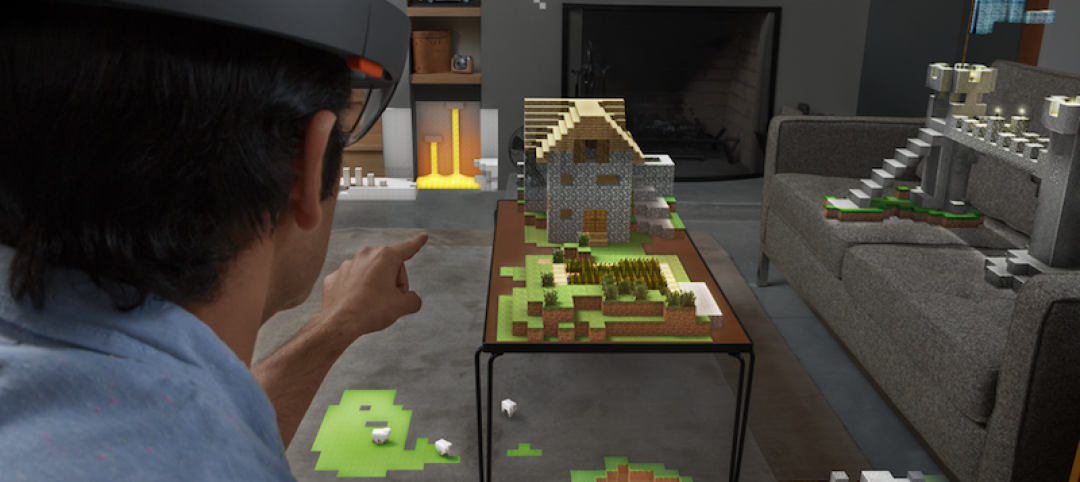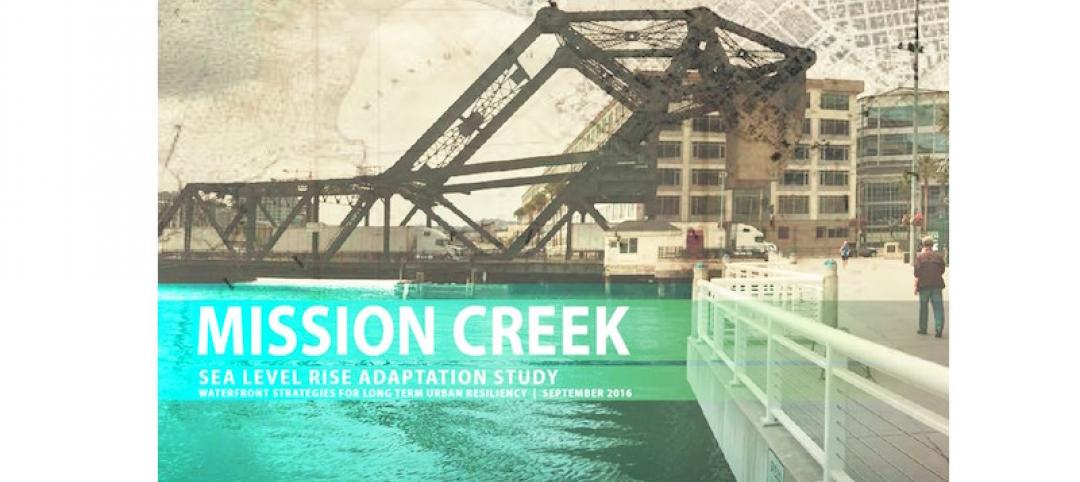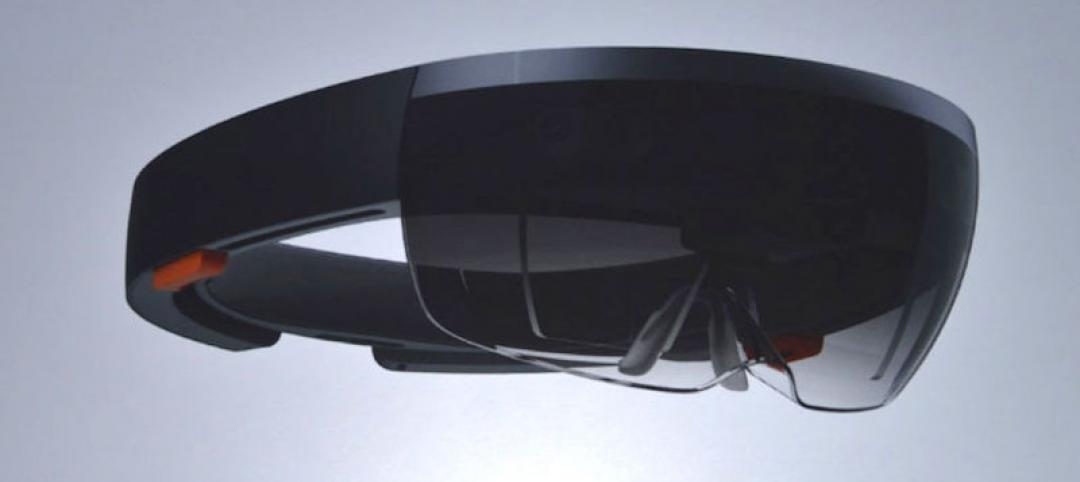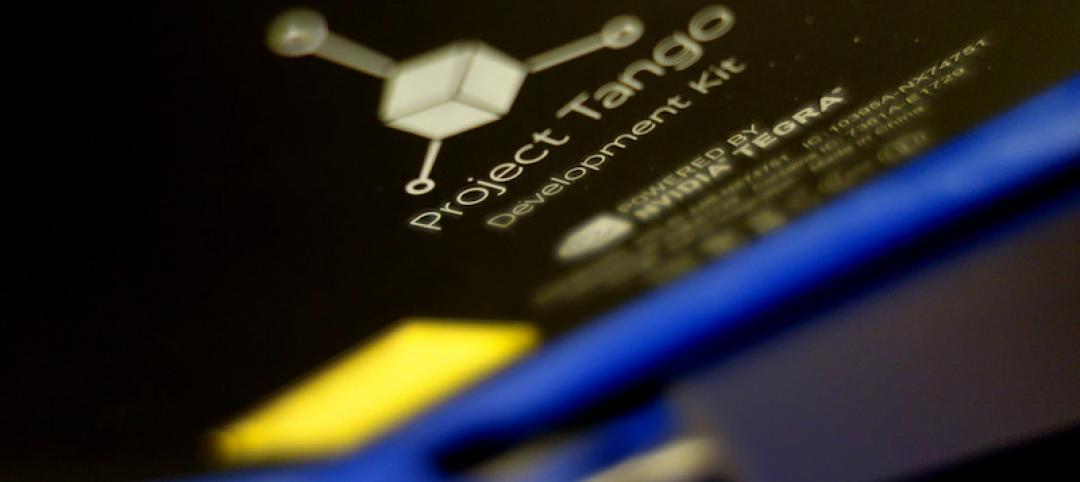Mortenson Construction has been in the vanguard of AEC firms using virtual reality as a tool for designing and building.
As far back as 2000, Mortenson’s Seattle office leaned on virtual design and construction modeling for the Frank Gehry-designed Walt Disney Concert Hall in Los Angeles.
More recently, the firm applied a technology it developed called Computerized Automatic Virtual Environment—CAVE for short—that, in 2013, helped the Building Team on the Pegula Ice Arena at Penn State University identify changes during the design stage, thereby averting $475,000 in costs. VR also helped shave $1.7 million in costs from the construction of the new Atlanta Braves stadium.
For the past 18 months, the firm's Immersive Technology group has been exploring possible construction-related opportunities for augmented reality (AR). Last year, Mortenson was among the first companies to partner with Daqri to test the application of its augmented reality-smart work helmet for construction jobsites. And in March, Mortenson went live with what it’s claiming is a first-of-its-kind AR mobile app that allows users to “see” what the second building of the Paul G. Allen Center for Computer Sciences and Engineering at the University of Washington in Seattle will look like, many months before its scheduled completion in January 2019.
Last January, the university’s Board of Regents authorized the start of construction for the 135,000-sf second building, which will be a much-needed addition to the Center where, since its first building opened in 2003, has seen its undergraduate and graduate computer science and engineering students increase by 50%, as has its faculty. UW reports that it currently has room for only 40% of the students who satisfy prerequisites and apply for computer science or computer engineering majors.
Mortenson was involved in the construction of the Center’s first building.
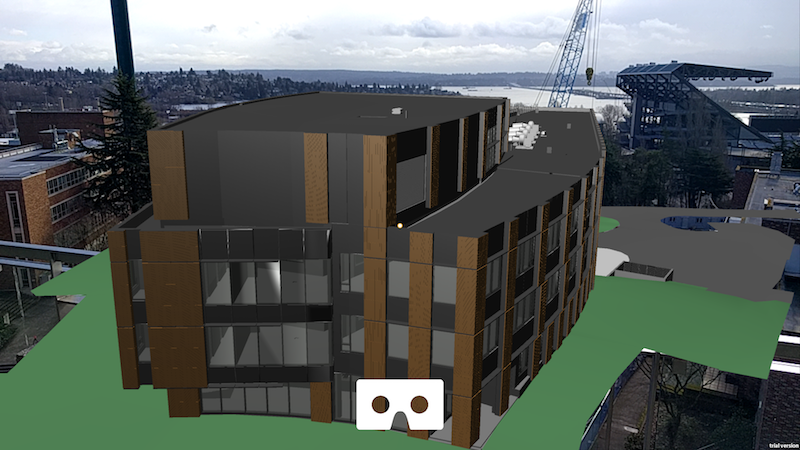
The AR app was developed to create excitement around this 135,000-sf building, which UW needs desperately to accommodate what has been a significant increase in students who want to major in computer science and engineering. Image: Mortenson Construction
Marc Kinsman, Mortenson’s Immersive Technology Developer, led the in-house team that developed the app. He says its purpose is to generate excitement about this project among the University of Washington community during construction. (He notes that the university removed a popular thoroughfare to “squeeze in” the new building, and anticipated some blowback from students and faculty.) The new AR mobile app, which is available for download onto iPhone and Android devices, lets users point their smartphones at the construction site on campus, or at a printed handout, to see a digital representation of the future building. Users can experience the exterior via AR, and then use VR to delve deeper into the building’s main lobby, workroom, robotics lab, and offices.
This building will include a 250-person lecture hall, seminar rooms, and conference facilities, as well as classrooms, lab space, and workrooms for faculty, students, and researchers.
“This window presents a tremendous opportunity to engage the public,” says Kinsman, who adds that VR and AR are “vast improvements” over traditional public engagement methods such as flyers, signage, or even websites. So far, the number of downloads has been modest, but Kinsman attributes that to a lack of marketing in the initial rollout.
That being said, this project has already attracted considerable attention. Its $105 million price tag will be funded by public and private sources that include Microsoft ($20 million), the state of Washington ($32.5 million), the University of Washington ($9 million), Amazon and Google ($10 million each), and Zillow ($5 million).
Kinsman says that Mortenson is planning to make available the AR app for future projects that include corporate campuses in Seattle and Portland, Ore.
Related Stories
Designers | Jan 13, 2017
The mind’s eye: Five thoughts on cognitive neuroscience and designing spaces
Measuring how the human mind responds to buildings could improve design.
Augmented Reality | Dec 12, 2016
Gensler & Trimble: Augmented reality enters the design process
With the Trimble Software for Microsoft’s HoloLens device we’re able to bring into the physical world what exists only digitally.
Sports and Recreational Facilities | Jul 20, 2016
San Diego’s waterfront redevelopment would go beyond a mere ‘project’
Its developers envision a thriving business, education, and entertainment district, highlighted by a huge observation tower and aquarium.
Augmented Reality | Jul 15, 2016
Pokémon Go is helping people discover their cities
While catching them all may be the main goal, the wildly popular mobile game is also leading people to trek to unexplored corners of their cities
AEC Tech | May 9, 2016
Is the nation’s grand tech boom really an innovation funk?
Despite popular belief, the country is not in a great age of technological and digital innovation, at least when compared to the last great innovation era (1870-1970).
Virtual Reality | Apr 29, 2016
NBBJ to develop virtual reality productivity platform
The Seattle design firm has partnered with Visual Vocal, a startup VR company.
Augmented Reality | Apr 21, 2016
Is mixed reality a more exciting prospect than virtual reality? Movie director Peter Jackson thinks so
Magic Leap and Microsoft’s HoloLens are just two examples of mixed reality technology on the horizon that are determined to blend the real world with the stuff of dreams.
Building Tech | Apr 12, 2016
Should we be worried about a tech slowdown?
Is the U.S. in an innovative funk, or is this just the calm before the storm?
Virtual Reality | Apr 8, 2016
Skanska will use Microsoft HoloLens to lease planned Seattle high rise
The mixed reality headset will allow people to take a holographic tour of the building while keeping visual contact with the leasing representative.
AEC Tech | Mar 15, 2016
Two to tango: Project Tango isn’t just for entertainment, it also has a wide range of possibilities relating to the professional world
Making things like augmented reality, precise measurements of indoor spaces, and indoor wayfinding possible, Google’s Project Tango has all the makings to become a useful and ubiquitous tool in the AEC market.


